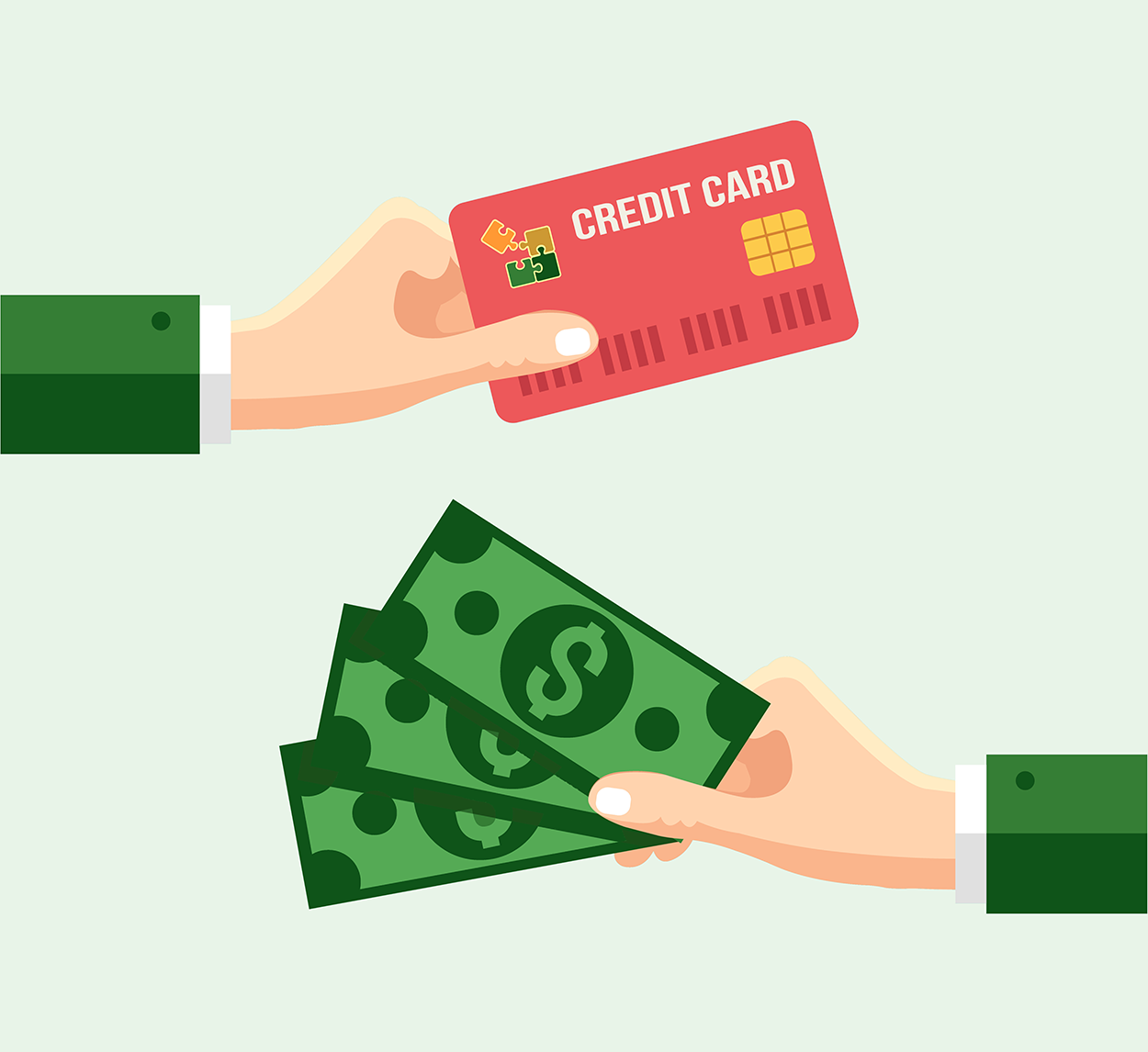This calculator will show you how much interest you will end up paying if you make only the minimum required payment on your credit card bill -- that is, assuming you stop charging any more to it. After seeing the shocking figures this calculator will generate, I doubt you'll want to continue allowing the credit card companies to build your swimming pool in their backyards. And as you will see from the calculated results, it's not just the interest charges you're losing, you're also losing the interest you could be earning on those charges if you were investing them rather than paying them to the credit card company!
Somewhere in your credit card disclosure statement the card company will tell you something like "your minimum payment will be 2% of the balance or $10, whichever is higher." These are the figures you will enter in Row #3 and Row #4 respectively.
Current Personal Loan Rates
We publish current personal loan rates to help borrowers compare rates they are offered with current market conditions and connect borrowers with lenders offering competitive rates which are typically far better than one can get on a credit card.
Minimum Payments Help Maximize Stability
Credit cards are modern conveniences few people do without, so managing debt associated with credit card purchases is a part of daily life for most people. Timely repayment ensures that your credit is protected, opening the door for future lending offers. But staying on pace with credit card companies minimum payment requirements does not necessarily erase debt quickly.
Cards are subject to a variety of terms and conditions, so individual rules governing repayment dictate how your credit card debt is repaid – to a certain extent. It is important to remember that additional payments can be made toward credit card purchases at any time, reducing the revolving balance at a faster rate than minimum payments do. Understanding how credit card billing works is the first step toward prudent financial management.

Principal and Interest
The original purchase price of items you buy with your credit cards, posted as you acquire things, represents the principal amount. Interest is added, charged for the privilege of using the credit card companies' money to make purchases.
Interest is expressed as APR, or annual percentage rate, which varies across different credit cards. Depending on how individual terms are structured, interest is compounded at various intervals, before being added to the card's balance. How and when this is done on individual cards is spelled out in cardholder agreements provided when you sign-up. Daily periodic rates and other indexes assist with calculations about monthly minimum payments, providing the monthly minimum amounts requested by creditors.
Revolving Credit Terms
Unlike installment loans issued for cars, homes, and other major purchases, credit cards operate under revolving terms. Installment loans establish principal balances to be paid back over many years, with regular periodic payments toward principal and interest. The loans are amortized, or spread out, to reduce risk for lenders and allow borrowers to budget for repayment. Amortization schedules are provided at the beginning of repayment, outlining each borrower's responsibilities over the course of the loan's life. As a result, payments are made like clockwork, with no surprises for borrowers.
Revolving credit, on the other hand, provides for ongoing purchases and flexible use over time. Under the terms of most revolving credit cards, purchases are subject to grace periods, during which interest does not accumulate. By paying the entire purchase balance before the rollover date, interest charges are avoided entirely. Unpaid balances, on the other hand, roll into subsequent billing periods accumulating interest along the way.
As credit card balances grow, each periodic billing statement requests monthly minimum payments, which satisfy creditors' requirements. Minimum payment calculator puts repayment under a microscope to illustrate the long-term impact of sticking to minimum payment levels. While keeping pace with minimums keeps creditors at bay, it does not erase debt quickly, and sometimes leads credit card holders to make ill-advised spending decisions.
In addition to excess interest charges incurred by sticking to minimum credit card payment levels, the calculator accounts for lost revenue borrowers sacrifice over time. Interest saved by paying ahead on cards, for example, might be invested elsewhere, providing a return of its own. The calculator helps establish what you are leaving on the table by only paying minimums.
 Minimum Payment Calculator
Minimum Payment Calculator